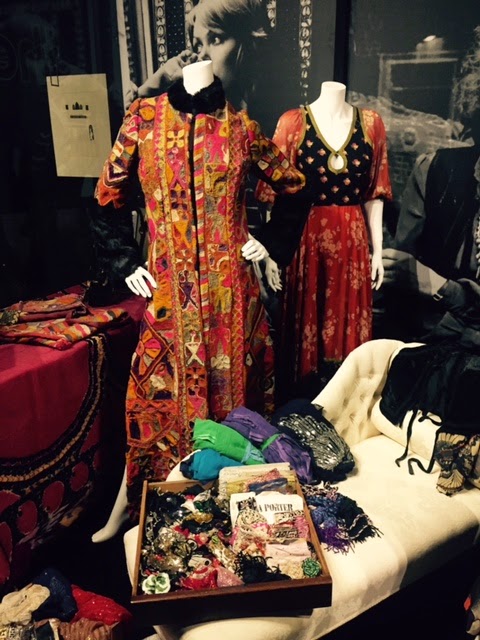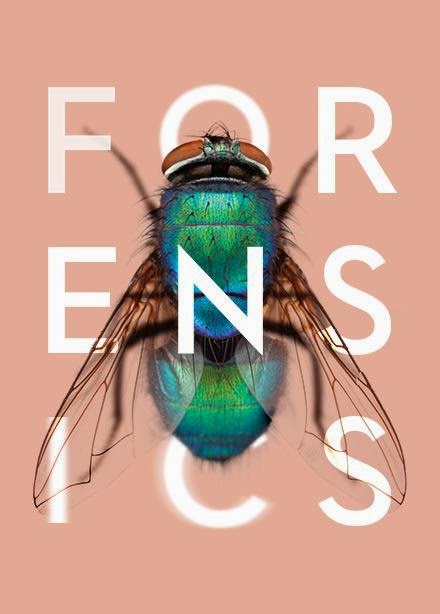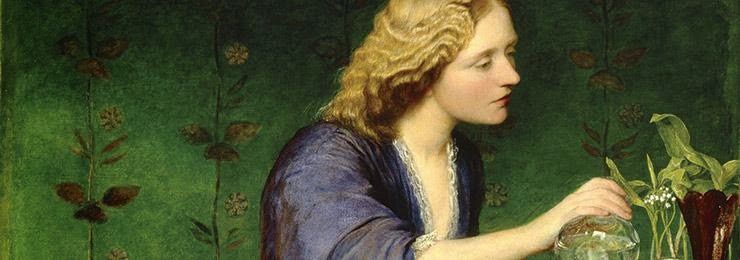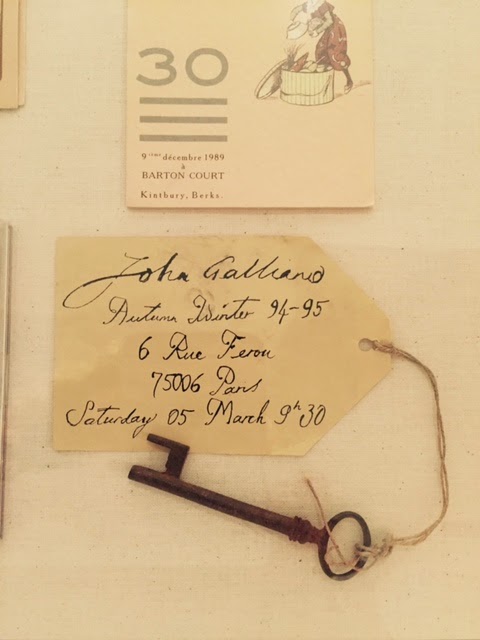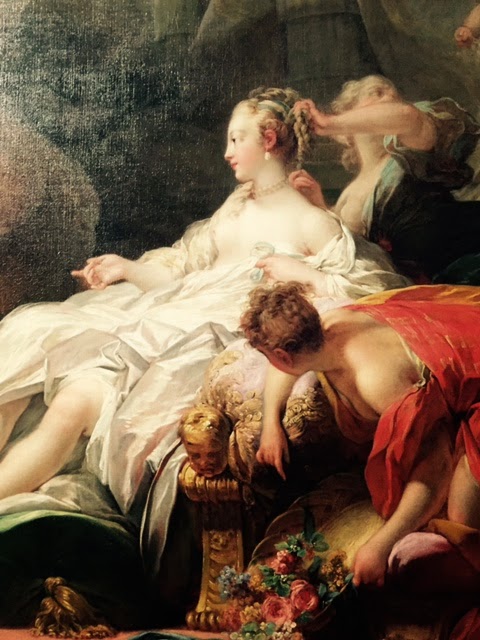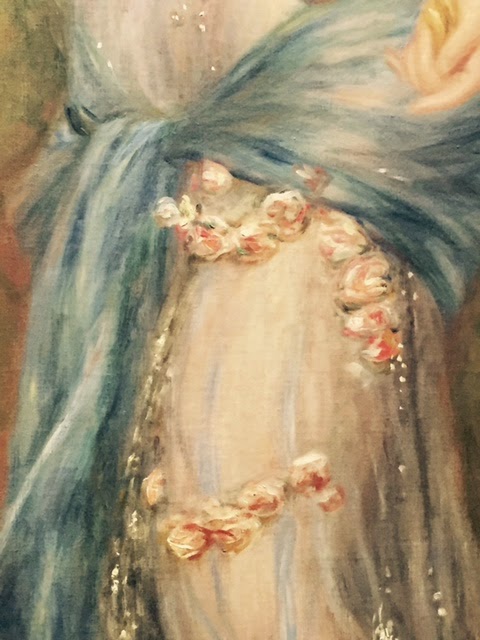Modern British

Interesting exhibition at The Redfern Gallery featuring work by modern British artists. This was a good overview of work by artists in the latter half of the 20th century. It felt like you thought of an artist and lo they appeared! I loved a Winifred Nicholson of a Paris street from a window with her signature bunch of flowers in the window, really delightful. There was a nice Keith Vaughan portrait of Mahler and a Christopher Wood of a pickpocket. Oh and an Elizabeth Frink of a wild boar. My favourite was a view of Florence by Paul Fieler from 1954 which was done in thick paint with an almost abstract feel to it. Also oddly for me I also liked a purple and grey geometric abstract by John Wells from 1963, maybe the Black Square exhibition has had its effect!







